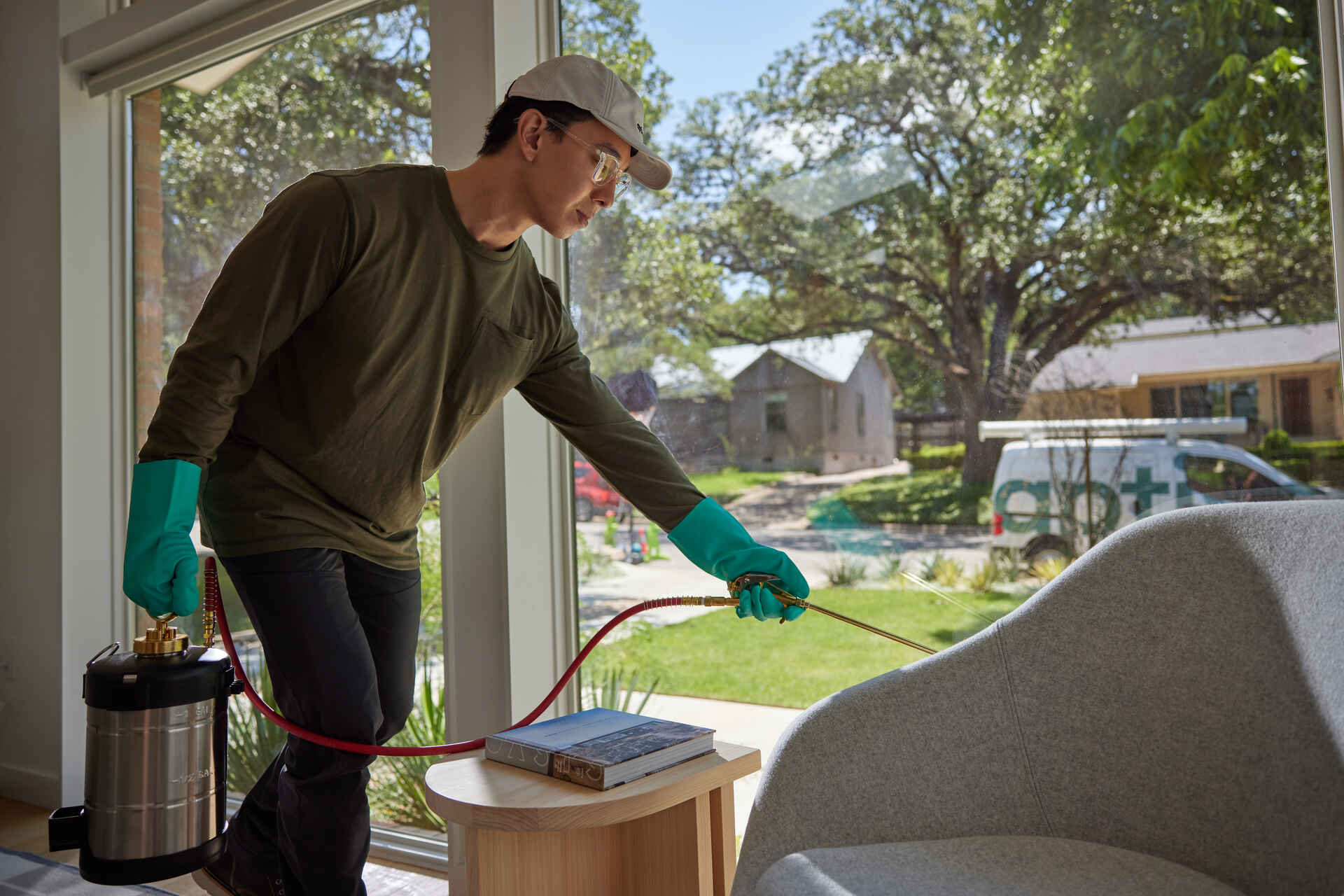Effective Pest Control Services: An In-Depth Check Out Extermination Techniques and Prevention Actions
In the realm of insect control solutions, the effective management of invasions needs a thorough approach that integrates various techniques and procedures for both obliteration and avoidance. From Integrated Pest Administration (IPM) strategies that prioritize sustainable services to chemical extermination methods created for targeted elimination, the arsenal against insects is huge and complex.

Integrated Parasite Monitoring (IPM) Methods
Integrated Bug Monitoring (IPM) Methods include a detailed technique to pest control that focuses on monitoring, control, and prevention techniques to properly handle insect populations. By incorporating different techniques, IPM intends to lessen the effect of pests while additionally lowering the reliance on chemical pesticides. Prevention exists at the core of IPM, highlighting practices like correct cleanliness, maintenance of health, and sealing entry factors to prevent insects from infesting structures.
Chemical Extermination Techniques
Chemical elimination methods are generally utilized in insect control services to successfully remove pest populaces that position a hazard to human health and wellness and property. These techniques involve making use of various chemical compounds specifically created to target and remove parasites such as bugs, rodents, and other unwanted animals. The application of pesticides, insecticides, rodenticides, and various other chemical agents is meticulously regulated to make sure maximum efficiency while decreasing dangers to humans, animals, and the setting.
One of the essential benefits of chemical elimination methods is their capacity to offer fast and targeted outcomes, making them particularly helpful in instances of extreme invasions or immediate pest control needs - a1 portland bed bug exterminator. Nonetheless, it is vital to stress the importance of appropriate handling, application, and disposal of these chemical items to stop unintended damage
Moreover, integrated bug monitoring (IPM) approaches frequently integrate chemical extermination methods with various other approaches such as hygiene, environment alteration, and organic controls to produce a thorough and sustainable insect control technique. By incorporating chemical extermination techniques judiciously within an IPM structure, insect control services can efficiently manage insect populations while reducing potential threats to human wellness and the setting.
Biological Insect Control Methods
Employing all-natural killers and bloodsuckers to take care of pest populations is a lasting technique called organic pest control. This technique utilizes the natural systems of the environment to manage pest populations without relying upon artificial chemicals. One common biological control method involves introducing all-natural opponents of the target insect species, such as ladybugs for aphid control or nematodes for termite infestations. These natural killers feed on the pests, helping to maintain their populaces in check.
An additional visit site reliable biological control strategy is the use of microbial insecticides. These are normally happening microbes, such as germs, fungis, and viruses, that specifically target and contaminate certain bug species. By using these microbial representatives, insect populations can be efficiently lowered without hurting advantageous organisms or triggering harm to the atmosphere.
Physical Pest Avoidance Procedures
Executing physical pest prevention procedures involves making use of barriers and architectural modifications to hinder insects from entering or infesting a residential or commercial property. Installing door sweeps, displays on windows, and securing cracks in the foundation can help stop insects like pests and rodents from obtaining gain access to inside.
One more physical avoidance action is the use of obstacles like fence to keep larger pests such as deer or raccoons far from the building. Setting up mesh or cord displays around yards can safeguard plants from being harmed by parasites. Appropriate waste administration, including securing wastebasket with tight-fitting lids, is crucial in preventing pests like raccoons, rats, and bugs. By implementing these physical insect avoidance measures, homeowner can dramatically reduce the risk of insect infestations and the damage they can trigger.
Professional Parasite Assessment Procedures
Performing organized and complete insect examinations is an essential aspect of specialist insect monitoring procedures. Specialist bug assessors are trained to meticulously take a look at homes for signs of invasions, recognizing pest types, access points, and helpful conditions. The assessment procedure normally begins with a detailed assessment of both the interior and outside of the premises. This includes monitoring for insect droppings, munch marks, nests, and any structural damage that may indicate parasite task. Furthermore, inspectors might make use of specific tools such as wetness meters and borescopes to spot surprise invasions within walls or crawl areas.

Conclusion
Finally, reliable pest control services utilize a range of strategies, consisting of Integrated Pest Management methods, chemical elimination approaches, biological controls, and physical avoidance actions. Professional insect assessment treatments play an important duty in identifying and attending to pest problems in a prompt fashion. By implementing a combination of these approaches, building owners can successfully prevent and manage insect infestations.
From Integrated Bug Monitoring (IPM) approaches that prioritize sustainable options to chemical extermination strategies developed for targeted removal, the arsenal versus parasites is large and diverse.Integrated Parasite Monitoring (IPM) Approaches include a comprehensive method to pest control that concentrates on control, surveillance, and avoidance techniques to successfully handle insect populations.Chemical extermination techniques are commonly employed in parasite control solutions to successfully remove insect populations that pose a hazard to human health and wellness and home.Using natural predators and parasites to manage parasite populations is a lasting method recognized as biological parasite control.In final thought, effective bug control services use a variety of strategies, including Integrated Bug Management techniques, chemical elimination techniques, biological controls, and physical prevention actions.